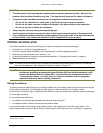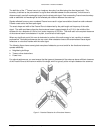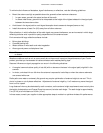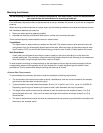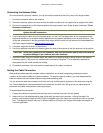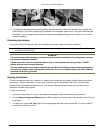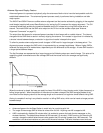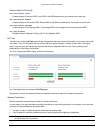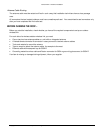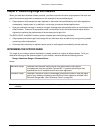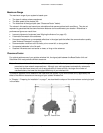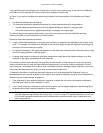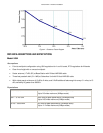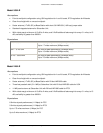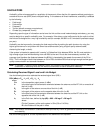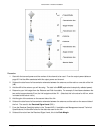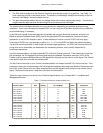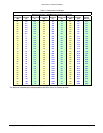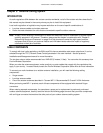
Tsunami MP.11 Antenna Installation
Copyright © 2006 Proxim Wireless Corporation. All rights reserved. 23
Chapter 2. Determining Range and Clearance
When you read about wireless outdoor products, you often encounter the terms output power of the radio and
gain of the antenna equipment as measures for the strength of the transmitted signal.
• Output power of radio equipment often depends on maximum limits as defined by local radio regulations;
consequently, output power is, by definition, not the way to enhance wireless performance.
• High gain antennas are larger in size than low gain antennas and are characterized by a narrow focus of the
antenna beam. These two characteristics make it more difficult to aim the antennas and adjust antenna
alignment to optimize the performance of the wireless point-to-point link.
The 5054, 2454-R, and 5054-R outdoor solution is based upon the following principles:
• Output power and antenna gain that comply with the maximum limits as defined by local governing bodies
concerning radio transmissions.
• Enhanced radio sensitivity for optimal receive quality of radio signals transmitted by remote antennas.
DETERMINING THE OUTDOOR RANGE
The range of your outdoor antenna installation is closely related to a number of different factors. To let you
determine the range of the antenna system in your situation, we have defined the following formula:
Range = Maximum Range x Clearance Factor
where:
Maximum Range
Identifies the theoretical maximum that could be achieved under optimal
circumstances using the available Tsunami MP.11 products according to their
specifications and in compliance with local radio regulations.
Clearance Factor
Identifies a correction value (in percentage) that should be used in case the signal
path of your wireless link does not provide the minimum clearance as listed in the
Maximum Range table. (See “Clearance Factor” on page 24.)
Note: You also can use a calculation sheet provided by Proxim to generate an estimate of link distance and
reliability.



